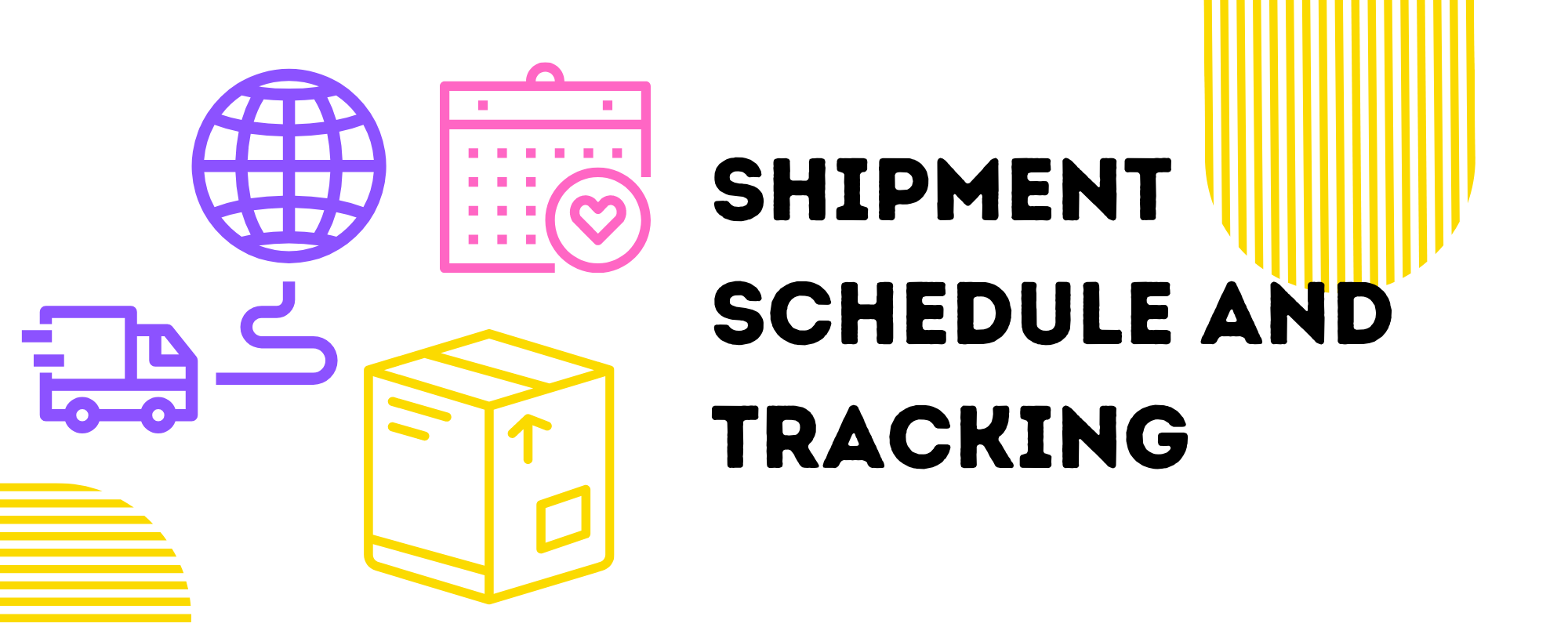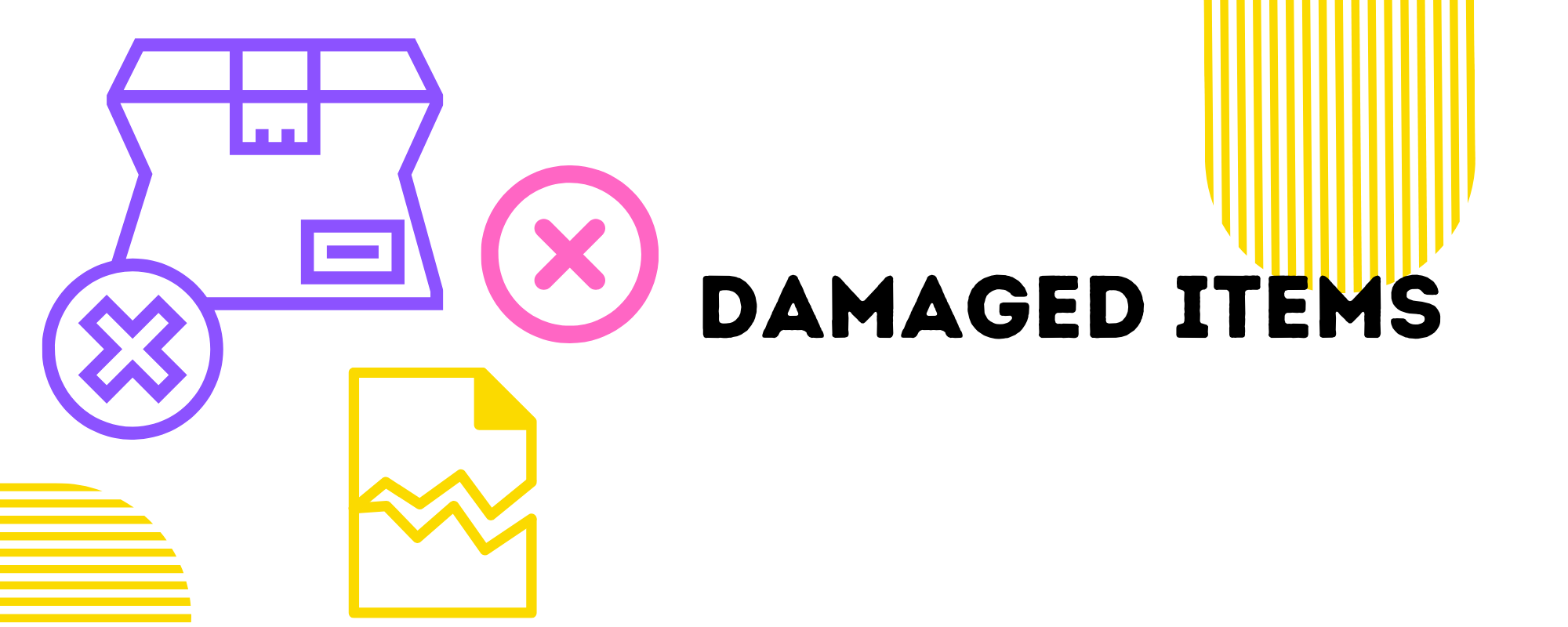What is an Ecommerce FAQ page?
Your FAQ page, or “Frequently Asked Questions” page, is one of your eCommerce store’s most underappreciated functions. Building trust and making clients feel at ease while making their purchase is, as we all know and some businesses had to learn the hard way, a crucial component of ecommerce.
What then makes a FAQ so valuable?
Consumers anticipate a reply to their question from brands in under two hours; much longer and you lose their confidence in you. You can prepare solutions for this like a LiveChat, a responsive helpdesk/email system, or at least comprehensive responses in a chatbot.
The next line of defense is your eCommerce site’s FAQ.
In the FAQs, you can openly address the usual concerns or pressing inquiries that your potential clients may have before making a purchase.
Do you need to build a knowledge base of commonly asked customer service questions? If yes, here’s a go-to list of commonly asked questions for ecommerce customer support. Sure, there are business specific questions, but this will help you form the core of your Questions & Answers for your customer support team.
Top 20 Most Commonly Asked Ecommerce Customer Service Queries
If you’re using Zendesk, Freshdesk, Gorgias, or any other ticketing system, these responses are essential for delivering fast and effective customer support.
1. Order tracking
It’s possible for some customers to encounter issues with spam filters, inputting incorrect email addresses. In these cases, they may be confused where their order confirmation is, or they may simply want to know how they can track their orders. To assist customers in navigating these issues, provide clear instructions and expectations within the Order Tracking FAQ section.
For instance, advise your customers to check their spam folders for Order Confirmation emails or provide the helpdesk email address if they require further assistance with their order. Additionally, provide the primary link for tracking orders with the courier and guide customers on where to locate their tracking number for entering it into the courier’s website.
2. Order cancellation/change
Your customers should be informed that they can typically cancel or change an order within a certain timeframe by contacting customer service via phone, email, or chat.
These should include instructions on how to cancel or change an order, including any time limits or fees that may apply.
They should also be advised to have their order number and any relevant information ready when making the request. It may also be helpful to provide information on any policies related to refunds or exchanges for canceled or changed orders, as well as any exceptions or restrictions that apply.
Your helpdesk should have access to order information so all your agents can immediately discern eligibility for cancellations/exchange. The same applies for returns.
3. Return policies
For product returns, include information about the process for returning items, including any deadlines or restrictions on returns, and any requirements for the condition of the item being returned.
Also disclose how refunds will be processed, and whether they will be issued in the form of store credit or refunded to the original payment method.
Clear instructions on how customers can initiate a return, including contact information for customer service and any required documentation or forms must also be present. Finally, address any frequently asked questions or concerns that customers may have, such as whether shipping costs will be refunded, or whether exchanges are available as an alternative to returns.
4. Product refunds
Information on the refund process, such as how to initiate a refund, the timeframe for requesting a refund, and any requirements or conditions that must be met for a refund to be granted should be included in your business’ product refund pages.
It should also address common questions customers may have, such as whether shipping costs will be refunded and how long it takes for a refund to be processed.
To request a refund, inform your customers that they should follow the instructions provided by the company, which may include filling out a form, contacting customer support, or returning the product to a specific address.
5. Item exchange
When a customer wants to return an item they’ve bought, the terms and conditions should be outlined in an item exchange policy.
First, state the terms of an item exchange. The time period during which an exchange is permitted, any limitations on the kinds of products that can be swapped, and any requirements that an item must satisfy to be eligible for an exchange are a few examples of this.
Describe the exchange procedure, including whether your customer must call customer care or merely return the item to a store.
The policy should also specify the different kinds of exchanges that are offered. This could entail exchanging an item for a different size or color, swapping for a different good of similar or lower value, or getting shop credit rather than a straight exchange.
Any costs connected with an exchange, such as restocking fees or shipping costs, should also be specified in the policy.
Your customers will have a better awareness of their options and feel more confident in their purchasing decisions if there are clear rules for item exchanges.
6. Shipping options and costs
A number of variables, including the package’s weight and size, the shipment location, and the shipping method chosen, should be taken into account when developing shipping alternatives and cost policies.
You should first choose the shipping companies you’ll work with before outlining the options and their associated charges.
You could decide to provide standard shipping, fast shipping, or international shipping, all of which have different delivery schedules and costs.
The next step is to make sure your customers are aware of your shipping restrictions. This includes detailing any limitations or exclusions, such as foreign customs duties or dangerous products.
Whether you employ a flat rate or weight-based pricing, for example, you should specify that in your explanation of how you determine shipping charges.
You could also want to think about providing discounts or free delivery campaigns for large orders.
7. Modified shipping address
Occasionally, unavoidable circumstances may need your customers to modify their shipping address.
To make sure that your shipment is delivered to the proper place while changing a shipping address, it is vital for the recipient to supply precise and current information.
Your customer must include their correct name and contact details, including their phone number and email address, in the first paragraph of the amended mailing address page. Including the whole shipping address, including the street address, city, state or province, postal code, and country, is also beneficial.
You might also want to include any extra instructions or comments for the recipient or the shipping company. These could include specific delivery instructions like leaving the product with a specific person or at a specified location.
If there are any specific needs or accommodations, like wheelchair accessibility or an elevator in the building, you might also want to mention them.
Last but not least, you could wish to add a note thanking the customer for their business and assuring them that you are taking all necessary steps to make sure their package reaches securely and on time.
8. Gift wrapping and gift cards
Gift wrapping is a terrific way to add a particular touch to a present and make it look more lovely. Customers may also save time and effort, particularly during the busiest holiday seasons.
With this, inform your clients of the various gift-wrapping alternatives you have, including wrapping paper, gift bags, ribbons, and bows. Make sure to include the turnaround time for the service as well as any additional fees for gift wrapping.
Another well-liked gift choice is a gift card, which enables the receiver to select their own item from your shop or online.
Customers who are unsure of what to buy or those who want to give their loved ones the flexibility to make their own decisions can definitely consider them.
Make sure to describe how your gift cards function, including the available denominations and how they can be redeemed.
Moreover, make sure to make your consumers aware of any limitations on the usage of the gift cards, such as expiration dates or restrictions on what goods or services can be bought with them.
9. Shipment schedule and tracking
Your business must aim to make sure that your customers receive their packages in a straightforward and efficient manner. You can do this by regularly updating your customers on the status of their shipments and giving customers a tracking number so they may monitor the progress of their shipments.
Clients can simply track their packages by utilizing the provided tracking number or our website.
There may be delays due to unforeseen events like bad weather or other logistical problems but let your customers know right away if the shipment timetable needs to be changed in any way.
10. Incorrect parcel delivery
It’s key to apologize for any trouble caused if a customer receives the wrong package and reassure them that you will act right away to fix the situation.
Begin by apologizing for the mistake and admitting that the client was sent the incorrect item.
Next you might say that you are dedicated to making things right and request any additional information they can offer to aid in your investigation.
Then, describe the steps you will take to fix the error. This can involve making arrangements for the delivery of the appropriate item, granting a refund or credit, or providing a discount on a subsequent purchase.
Be specific about the timeframe for fixing the problem and offer any guidelines required for returning the wrong item.
11. Damaged items
An item being delivered broken to a customer can be upsetting and unpleasant. In order to succeed as a company, you must respond to the situation quickly and courteously.
Begin by expressing regret for the inconvenience and assuring the client that you are committed to finding a solution. Share with them your understanding of how frustrating it might be to receive a broken item and your commitment to making it right.
Second, based on the kind of damage and the customer’s preferences, give solutions like a refund, replacement, or repair. Giving detailed directions on how to return the item and providing any assistance that may be required are both beneficial.
12. Product warranties
The peace of mind and assurance that the item they are buying is of excellent quality and will function as intended that product warranties offer clients is a key factor in any purchasing choice.
It’s significant to underline the advantages of the warranty and how it can safeguard your clients’ investments when you’re talking to them about product warranties.
The length of the warranty, any particular restrictions that apply, and any additional advantages or services that might be provided should all be highlighted.
Encourage your clients to read the warranty thoroughly and ask any questions they may have so that they are fully aware of what is and is not covered.
13. Using promo codes and coupons
Customers can save money and receive discounts on your goods and services by using promo codes and coupons.
Simply enter the promo code during checkout or show the coupon in-store to make use of it. Check the terms and conditions of each promotion to be sure it is still active and applicable to the good or service you are offering.
Coupons and promo codes have extra restrictions or limitations and cannot be used in conjunction with other deals or discounts.
You might be able to let users enter several promotion codes or prohibit them from entering more than one, depending on your website. You can choose how many codes a client is permitted to use, but it’s essential that the transaction will still be profitable for you regardless of how many codes are used.
14. Website security for online purchases
Taking the necessary precautions to ensure that customer data is safeguarded is beneficial when it comes to website security for online purchases. Your website should, at the very least, have an SSL certificate installed, which makes sure that any information sent between it and the user’s browser is secured.
This stops hackers from stealing private data, including credit card numbers. To further prevent unwanted access to client data, the website should have strong authentication and access control procedures in place.
This entails creating secure passwords, granting only authorized workers access to critical data, and routinely checking access records for unusual activities.
15. Changing account information
Changing account information is a straightforward process that can be easily accomplished through your website. To update your account information, you can mention to your customer to simply log in to your account and navigate to the “Account Settings” section.
Here, they can make changes to your name, email address, billing address, and other personal details.
If they encounter any difficulties or have questions about changing your account information, you can advise them that your customer support team is always available to assist them.
They can reach out through your contact form, email, or phone number provided on your website.
16. Forgetting passwords
Customers may find forgetting passwords to be a difficult experience, but there are numerous actions they may take to obtain their account back and reset their password.
First and foremost, remind your clients to check their emails for any password reset information or instructions from the website or service provider. If they can’t locate any reset instructions in their email, advise them to try utilizing the “lost password” option on the website or service’s login page.
The website or service will normally ask the user for their registered email address or phone number at this point, after which they will receive instructions on how to reset their password.
17. Email unsubscription
It’s fairly easy to unsubscribe from emails.
Inform your customers to open the email they want to stop receiving and scroll to the bottom. When they click on the “unsubscribe” or “manage preferences” link, a page where they can select which emails they want to stop receiving or change their email preferences should open.
Also mention that their email address might be required to confirm their request.
Remind them that it can take a few days for their request to become effective.
18. On payment options
To ensure that your clients can complete their transactions quickly and safely when it comes to payment alternatives, it’s good to give them clear instructions.
A variety of payment methods should be provided to accommodate various preferences, first. Credit/debit cards, PayPal, Apple Pay, bank transfers, and other well-known payment options may be included here.
To prevent misunderstanding or mistakes, clearly display the numerous payment methods on your website or in-store, and offer thorough instructions for each one.
19. Purchasing gift cards
Let your consumers know that when they buy a gift card, they will receive a special code that can be used at the checkout to pay the desired amount.
Remind them to check the expiration date before giving a gift card because they are only good for a certain amount of time after the date of purchase.
Gift cards can’t be used to make cash exchanges, and any unused amount is kept on the card for future transactions.
Tell your customers to get in touch with your customer care staff if they have any issues regarding buying or utilizing gift cards. They will be more than delighted to help.
20. Leaving product reviews/ review rewards
An excellent approach to share your knowledge and assist others in making wise selections is to leave a product review.
Mention that they can simply go to the product page and click the “Leave a Review” button to submit a review. Remind them as well to be truthful, thorough, and specific about their interactions with the product in their reviews.
Other customers will benefit from this and be able to make more educated decisions about the goods.
Also keep in mind that evaluations have to concentrate on the product rather than the vendor or shipping experience.
Conclusion
For ecommerce firms to keep customers loyal and satisfied, customer service is a key component.
With the correct information and resources, the frequently asked ecommerce customer service questions can be effectively resolved.
Building great customer relationships can be facilitated by addressing concerns like refunds, shipping, and payment. Businesses may retain customers and improve brand reputation by being transparent with customers and responding to their inquiries quickly.
To stay ahead in the cutthroat market, ecommerce companies must invest in a strong customer service approach.





















